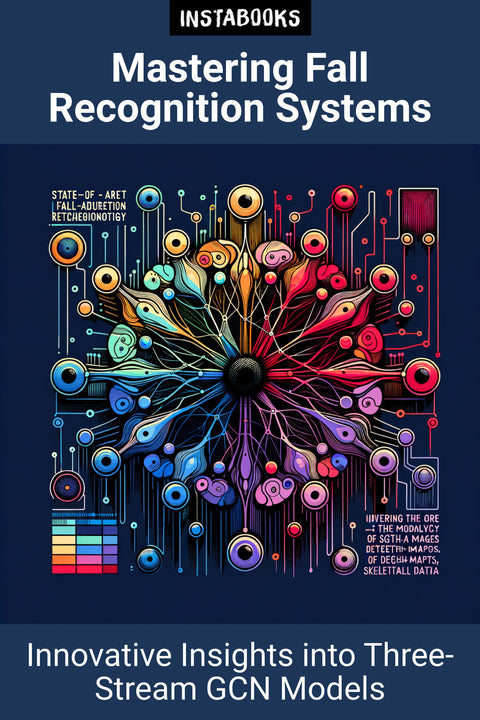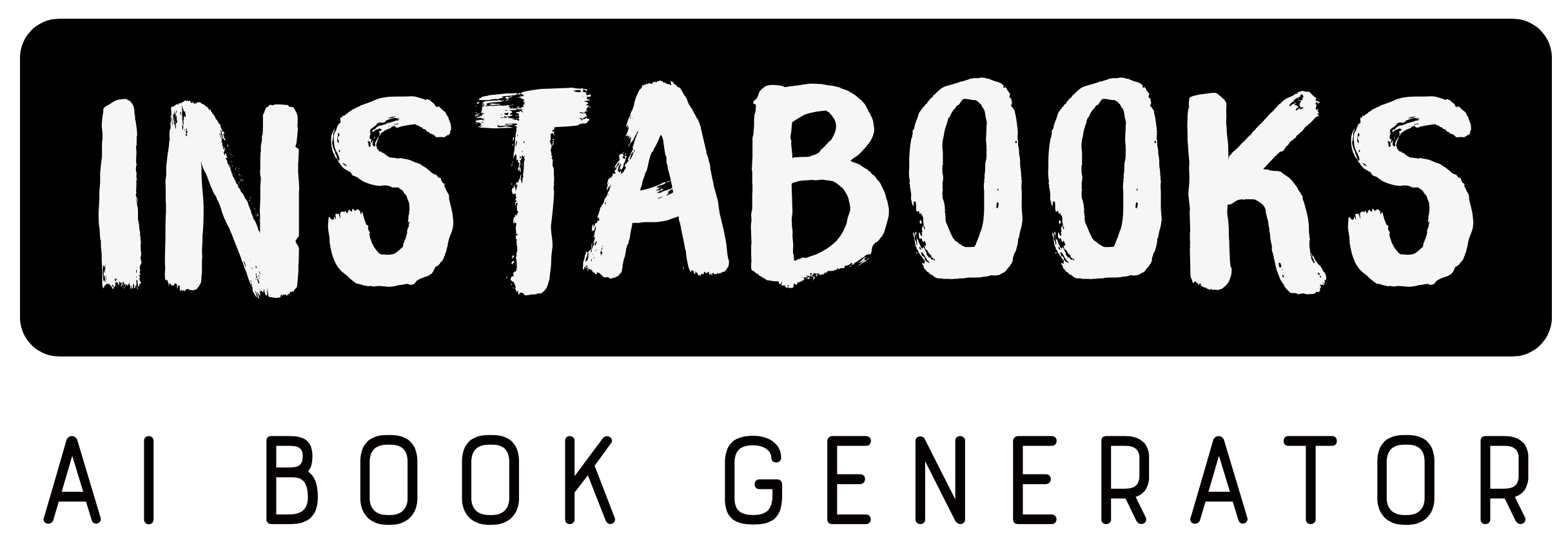
Mastering Fall Recognition Systems
Innovative Insights into Three-Stream GCN Models
Included:
✓ 200+ Page AI-Generated Book
✓ ePub eBook File — read on Kindle & Apple Books
✓ PDF Print File (Easy Printing)
✓ Word DOCX File (Easy Editing)
✓ Hi-Res Print-Ready Book Cover (No Logo Watermark)
✓ Full Commercial Use Rights — keep 100% of royalties
✓ Publish under your own Author Name
✓ Sell on Amazon KDP, IngramSpark, Lulu, Blurb & Gumroad to millions of readers worldwide
$149.00
$299.00
Title
Introduction to Computer-Aided Fall Recognition
Computer-aided fall recognition systems have become pivotal in safeguarding vulnerable populations, particularly the elderly. Leveraging advancements in machine learning and computer vision, these systems represent a frontline defense in preventing potential injuries and fatalities due to falls.Understanding the Three-Stream Spatial-Temporal GCN Model
The core of this book is the comprehensive exploration of the revolutionary Three-Stream Spatial-Temporal Graph Convolutional Network (GCN) Model. Readers will delve into the details of how multi-modal data integration is achieved through RGB images, depth maps, and skeletal information. The intricate process of utilizing spatial and temporal GCNs to extract crucial features is meticulously explained, providing a deep understanding of model architecture.Adaptive Feature Aggregation
Adaptive feature aggregation is a cornerstone of effective fall detection. This book illustrates the dynamic combination of feature streams based on their relative importance. With a focus on learning attention weights, readers will appreciate how the model excels in determining the contributions of each stream’s features.Overcoming Challenges in Real-Time Processing
Noise reduction and real-time processing pose significant challenges in building reliable fall detection systems. This book addresses these challenges by examining techniques such as data augmentation and normalization to ensure high accuracy. Every chapter builds upon the necessity of handling data variations in achieving a robust, real-time fall recognition capability.Recent Advancements and Future Directions
From high accuracy detection demonstrated in various datasets to scalability and practical deployment, readers are guided through recent advancements. Future research directions are identified, emphasizing applications in smart homes and healthcare facilities. This book becomes a vital resource for those interested in cutting-edge machine learning and computer vision applications for fall detection, providing a pathway to future innovations.Table of Contents
1. Introduction to Fall Recognition- Importance and Evolution
- Technological Landscape
- Objective and Scope
2. Overview of GCN Models
- Understanding Graph Convolutional Networks
- Applications in Fall Recognition
- Technological Advancements
3. Three-Stream Model Architecture
- Multi-Modal Data Streams
- Spatial-Temporal Dynamics
- Design and Implementation
4. Adaptive Feature Aggregation Techniques
- Fundamentals and Importance
- Learning Attention Weights
- Feature Integration Strategies
5. Noise Reduction and Data Challenges
- Impact of Noise in Data
- Data Augmentation Techniques
- Normalization Methods
6. Real-Time Processing Mechanics
- Efficiency and Reliability
- Challenges and Solutions
- System Optimization
7. High Accuracy Detection
- Evaluation Metrics
- Performance across Datasets
- Enhancements in Detection
8. Scalability and Deployment
- System Scalability
- Deployment Scenarios
- Practical Considerations
9. Recent Advancements in Machine Learning
- Transfer Learning Techniques
- Bi-Directional LSTM Models
- Model Optimization
10. Applications in Smart Homes and Healthcare
- Integration with Infrastructure
- Patient Safety Improvements
- Quality of Life Enhancements
11. Future Research and Development
- Exploring Limitations
- Potential Innovations
- Diverse Scenario Testing
12. Conclusion and Future Outlook
- Summary of Key Points
- Vision for the Future
- Call to Action
Target Audience
This book is written for researchers, practitioners, and students in the fields of computer vision, machine learning, and healthcare technology, as well as innovators focused on fall detection systems.
Key Takeaways
- In-depth understanding of three-stream GCN models for fall recognition.
- Insights into multi-modal data integration techniques.
- Strategies for adaptive feature aggregation and its benefits.
- Approaches to tackle noise reduction and real-time processing challenges.
- Exploration of scalability and practical deployment scenarios.
- Recent advancements and future research directions in fall detection.
